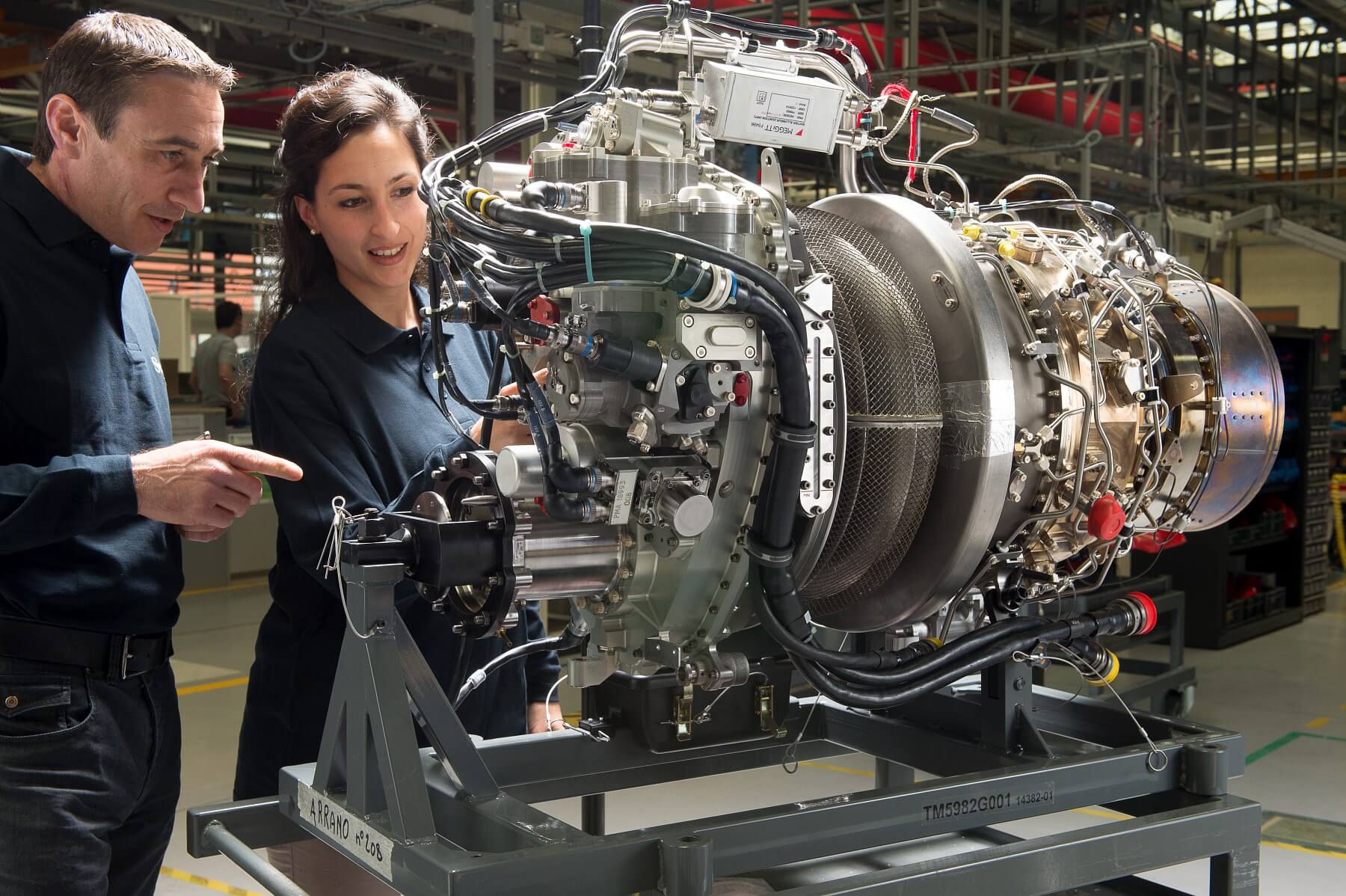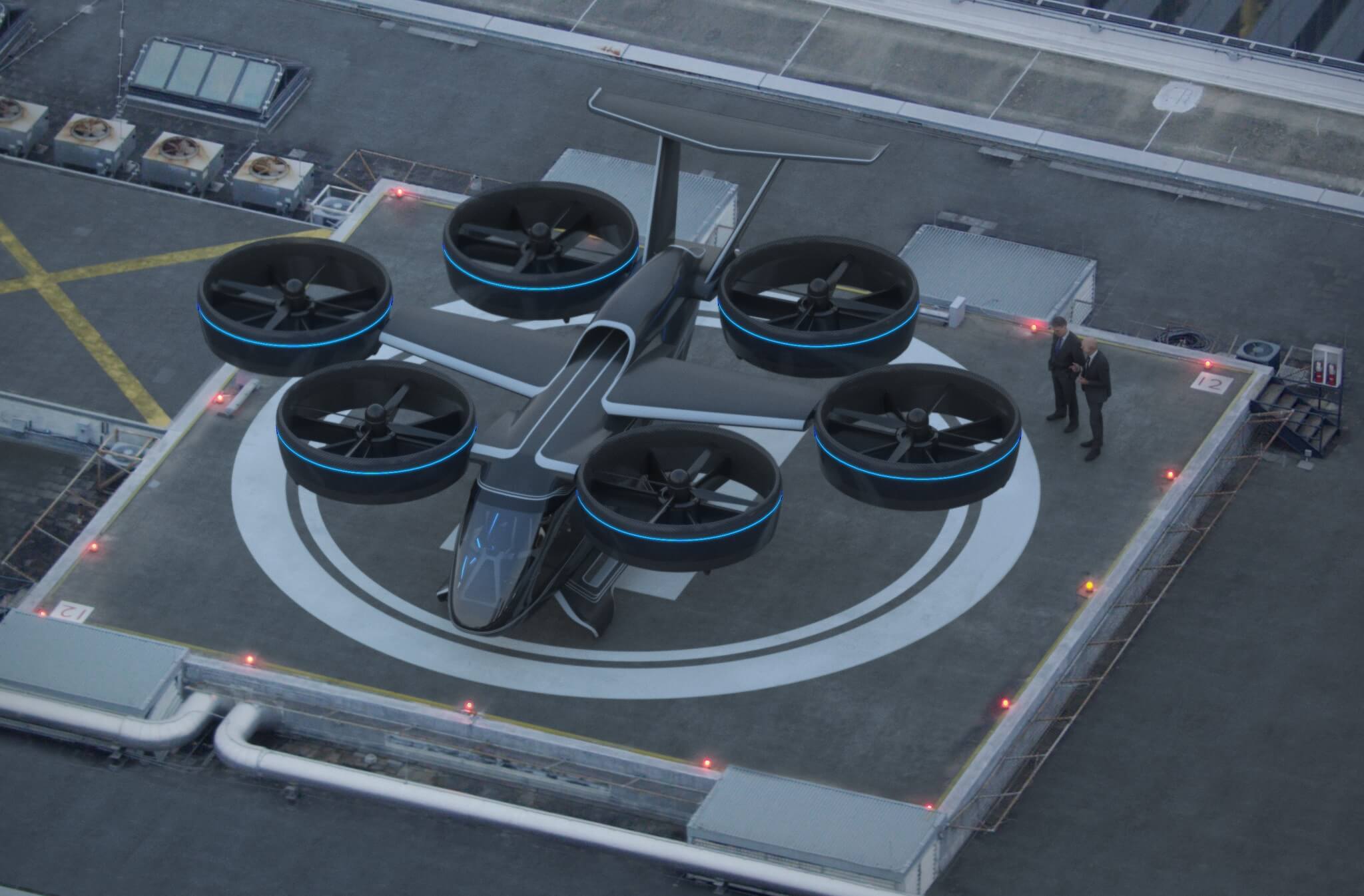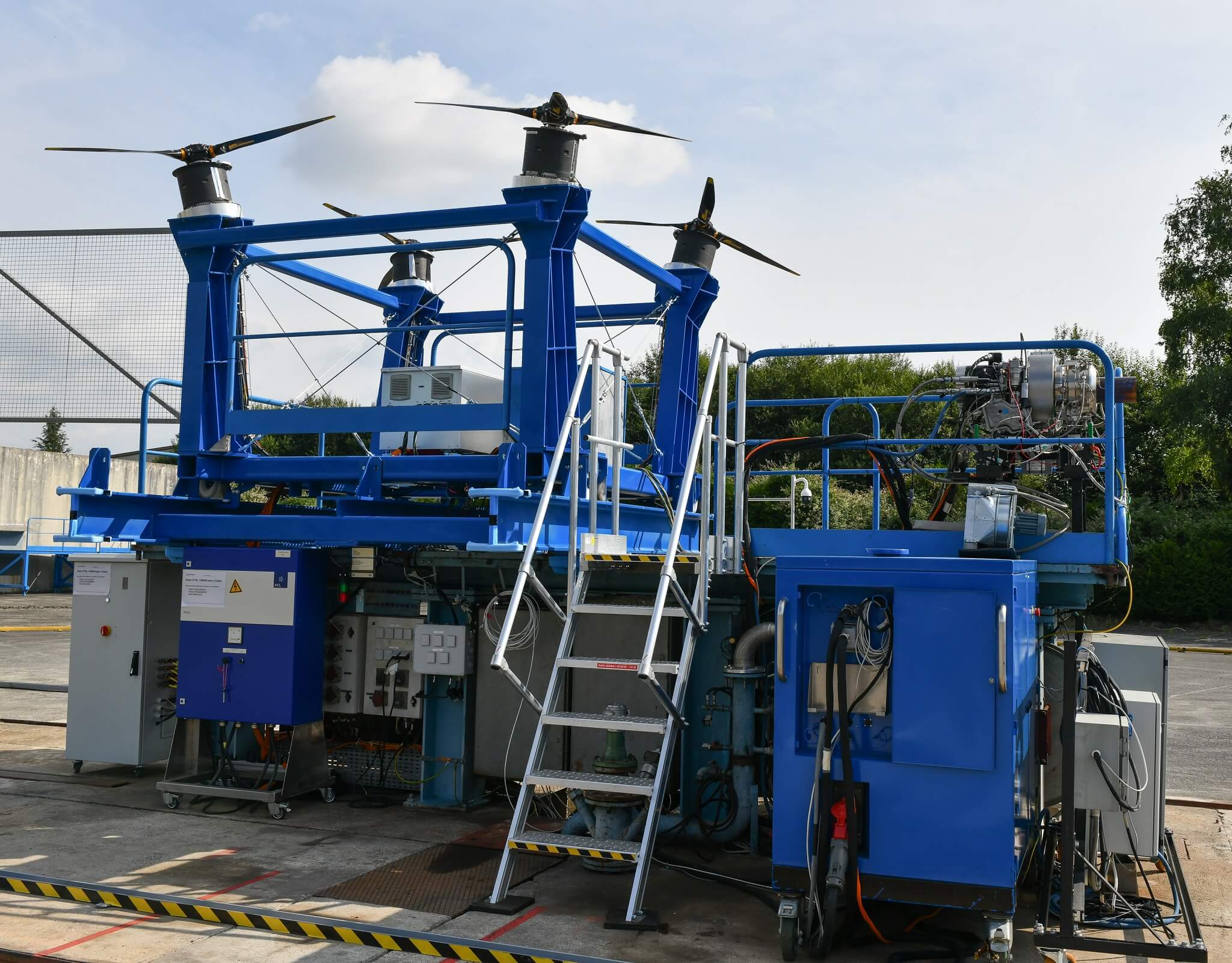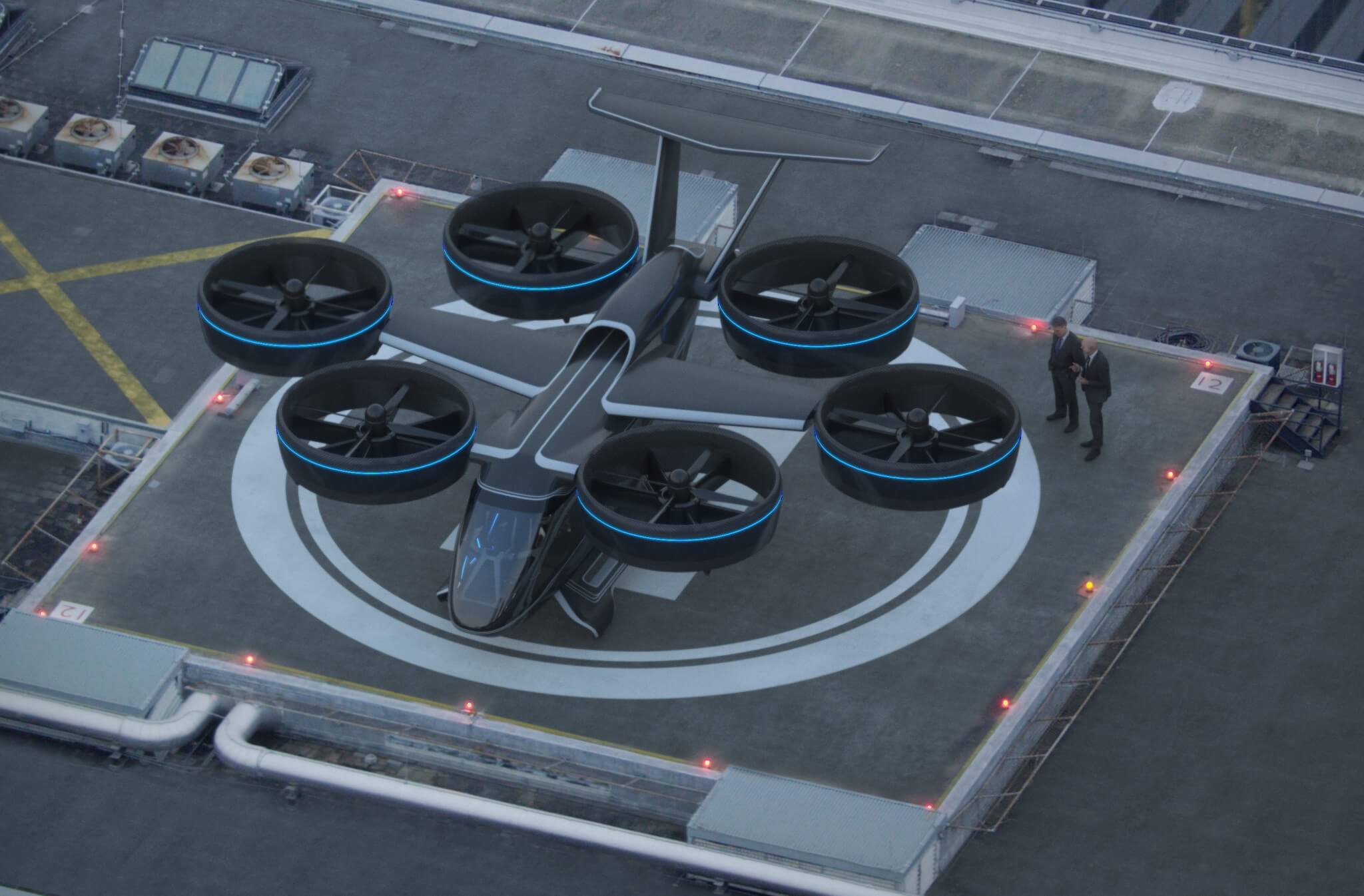Safran Helicopter Engines is expecting certification of two new engine types by the end of the summer, as it seeks to build on a year of stable growth despite challenging market conditions.

The manufacturer is currently “finalizing the certification” of its 1,100- to 1,300-horsepower Arrano-1A, which powers upcoming Airbus H160 medium, according to Florent Chauvancy, EVP of OEM sales at Safran Helicopter Engines. The engine has now recorded more than 9,000 hours on the test bench, with the H160’s flight program notching more than 1,100 hours across three prototypes and the first serial aircraft.
“All the certification tests have been concluded, and actually the results are very good, very promising,” said Chauvancy.
Airbus expects certification of the H160 by the end of this year, with an entry into service by mid-2020.
Safran also expects this year to see the certification of the 2,500-horsepower-class Aneto-1K, which will power the Leonardo AW189K — an enhanced version of the AW189 that provides greater performance in hot and high conditions.

The engine OEM is targeting this summer for the Aneto’s certification. “It’s doing well, with a very aggressive certification schedule,” said Chauvancy. “What’s very important is the performance of the engine is really great . . . especially in transient mode, the behavior of the engine is exceptional.”
The manufacturer delivered 820 engines to customers around the world in 2018, which represents an increase of more than 100 engine deliveries over 2017.
“The recovery is actually better than what we initially anticipated, and this is why we are more positive about the year to come,” said Chauvancy.
Noteworthy orders of Safran-powered aircraft over the year included 28 NH90s (featuring the RTM322) from Qatar, and 17 orders for the H225 (which has Makila 2A1 engines) from various customers around the world.
“While the H225 civil version is going through a difficult time, the H225 military version is doing pretty well,” said Chauvancy.
The OEM’s partnership with Bell on the 505 Jet Ranger X is also proving fruitful, with the program now reaching a production rate of over 100 units of the Arrius 2R-powered short light single.
Chauvancy said the feedback Safran has received from operators of the 505 has been very positive.
“We hear it’s a very good machine, the cabin size is very interesting, the performance of the aircraft and of course the engine is excellent,” he said.
Safran has been “very happy” with the relationship with Bell so far, he added, and the engine manufacturer hopes to further develop the ties between the two companies in the future.
Looking ahead, Chauvancy predicts growth of about two percent over the next few years in the industry, driven by the development of emerging markets, such as China, India, and Southeast Asia, rather than a strengthening of the more established markets in Europe and North America.
The growth in these emerging markets will be met by both Western airframe OEMs and indigenous companies, Safran believes.
“This is why, for many years, we’ve been investing into those countries, creating strong partnerships with the local airframers, and we are starting to see big results in terms of sales,” said Chauvancy.
In India, the Ardiden 1H1/Shakti powers the Dhruv and Light Combat Helicopter from Hindustan Aeronautics Ltd. (HAL). The latest variant of the engine, the Ardiden 1U (which will power HAL’s Light Utility Helicopter), will be certified by the European Aviation Safety Agency (EASA) this summer, leading to potential sales the following year, said Chauvancy.
Over in China, the Arriel 2H is in the AC312E from the Aviation Industry Corporation of China (AVIC), which is scheduled for entry into service this year. Safran anticipates Chinese certification of the Ardiden 3C, developed and built with Dongan for the AC352, by the end of this year. It hopes certification of the aircraft and sales will follow soon thereafter.
A Focus on Innovation

Earlier this year, Safran was announced as the provider of the propulsion system for Bell’s new vertical takeoff and landing (VTOL) urban air taxi aircraft, the Nexus. The aircraft will use a distributed hybrid electric propulsion system Safran had been developing as part of its hybridization roadmap, which also includes the creation of an “eco mode” and “transitory assistance.”
In Safran’s distributed hybrid electric system, a gas turbine engine is used to turn an electric generator, which is coupled with a bank of batteries, to produce DC electricity. This electricity is distributed through a next-generation power management system to drive electric motors that turn the various propellers on a VTOL aircraft.
Safran recorded the first ground run of the system on a custom-built test rig at its facility near Pau-Pyrenees Airport, France, in July 2018.

“[The system in development] is one of the reasons why we’ve been selected by Bell,” said Chauvancy. “Having a good product and relationships matter, but having the solution available at the right time is also very important, especially when it comes to R&D. . . . Obviously having a rig physically available, showing all the progress we had made was a clear sign, a clear indication that we would support [Bell] in the best way possible.”
The system on the test rig is a similar configuration to the one required by Bell for the Nexus, said Chauvancy, but does have differences. The most visible is the number of rotors: four on the test rig, while the Nexus has six. But given that the rig is being used to test the transfer of power from the generator to the batteries and various operating modes — rather than aerodynamics — it will not be changed to match the design of the Nexus, he added.
Like Bell, Safran believes a hybrid concept — rather than a fully-electrical system — is needed to power the first generation of urban air taxis.

“Fully electrical [systems] will be [used] for small platforms, but when you get above a certain payload and a certain range, you’re going to need some type of hybrid concept, at least for the next decade,” said Chauvancy.
So far, Safran has completed a first ground run with a system capable of producing 100 kW, and plans to have a run of a 600 kW system by 2020. “We’re going to mature the solution and move up to the more powerful solutions over time,” said Chauvancy.
A separate program sees the manufacturer working on an “eco mode” that puts one engine on idle in cruise flight, which promises fuel savings of up to 15 percent. The system has been trialed on a test bench, and will be utilized with the Aneto-1X in the high-speed Racer being developed by Airbus. The first ground run is expected in October, with delivery to Airbus scheduled for 2020 and flight tests to begin in 2020/21.
Safran is also working on “transitory assistance,” which combines a turbine engine with an auxiliary electrical power source.
“[This] is a promising concept, which allows the power requirement to be split between two engines and basically significantly improves the fuel consumption as well,” said Chauvancy.
Both the eco mode and transitory assistance are potentially technologies that could be incorporated onto existing airframes to reduce fuel consumption or increase range, he added.













